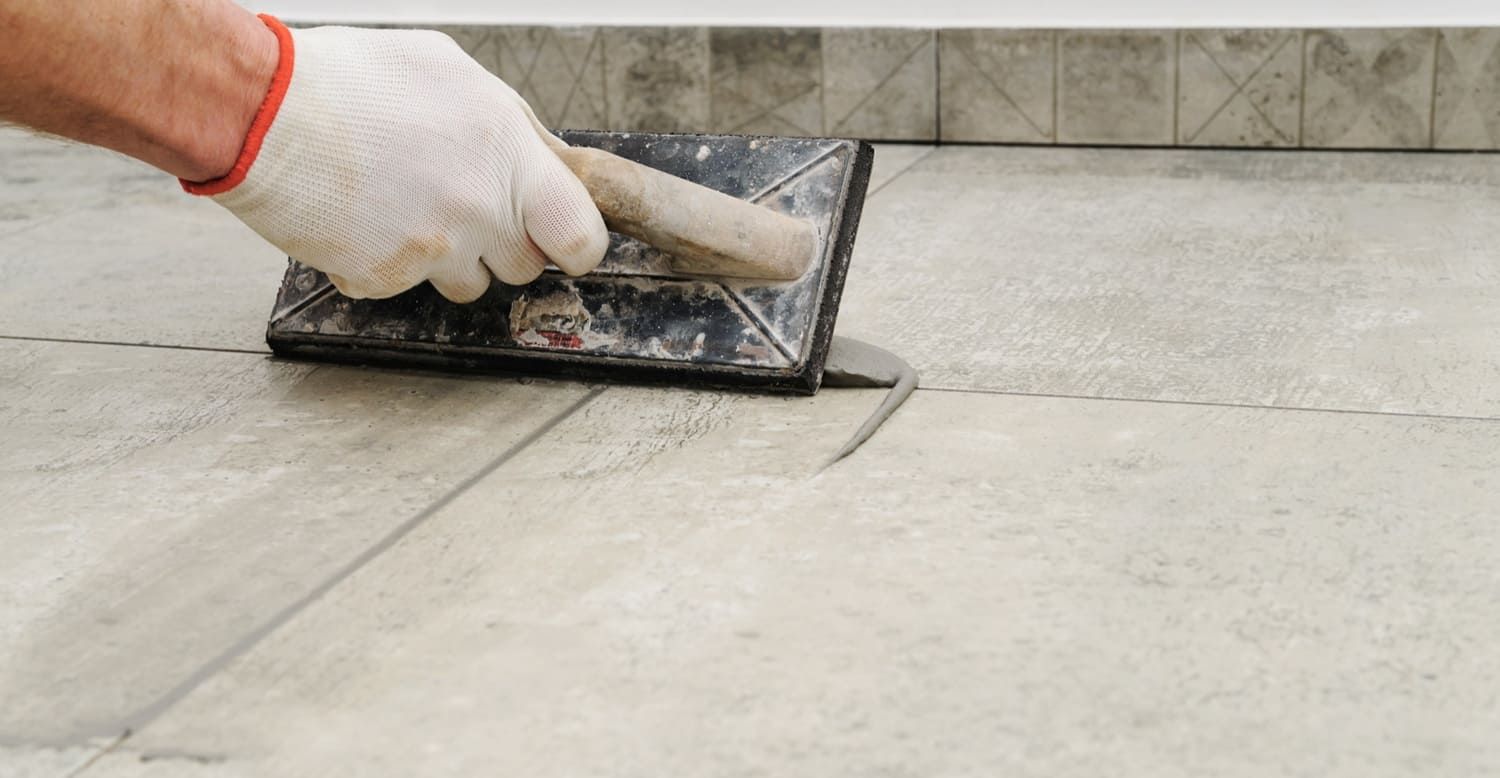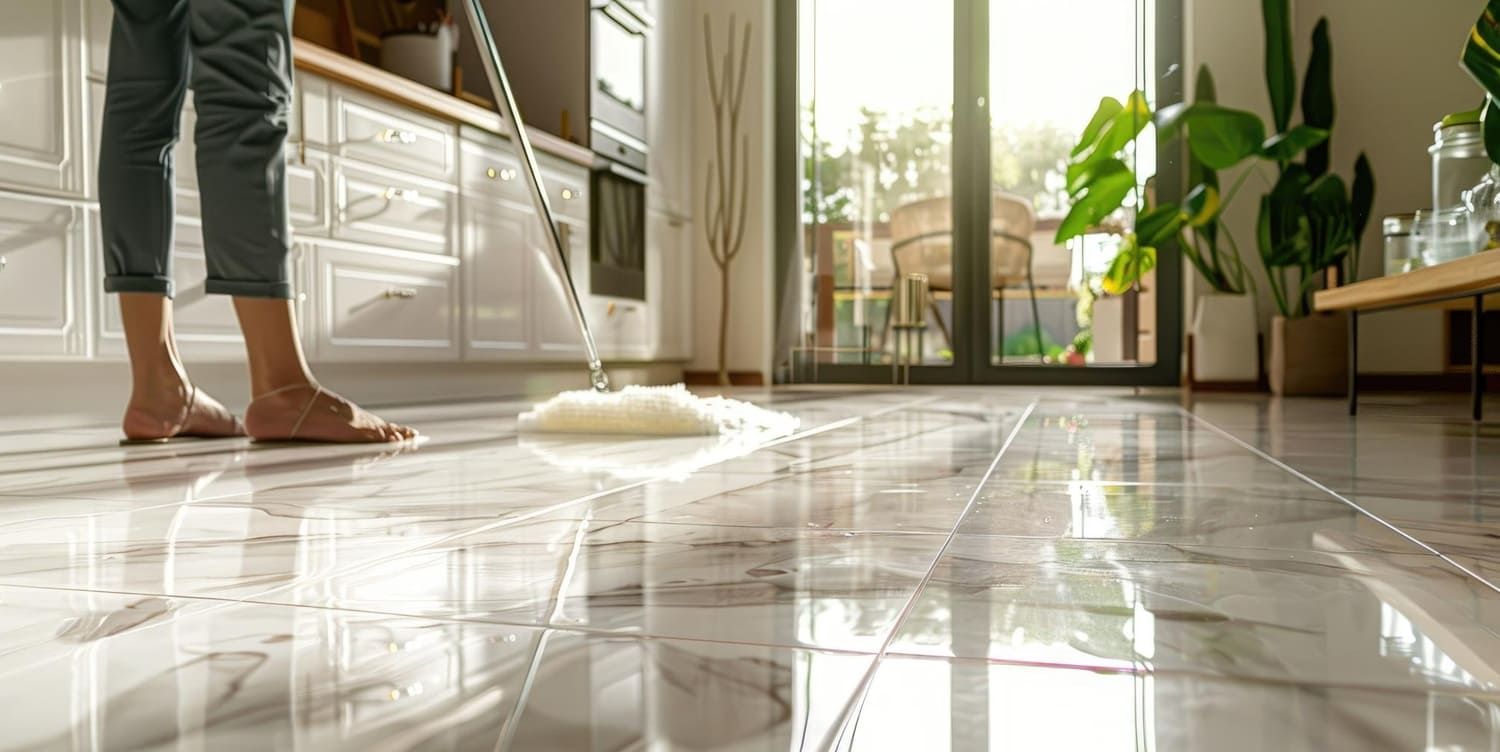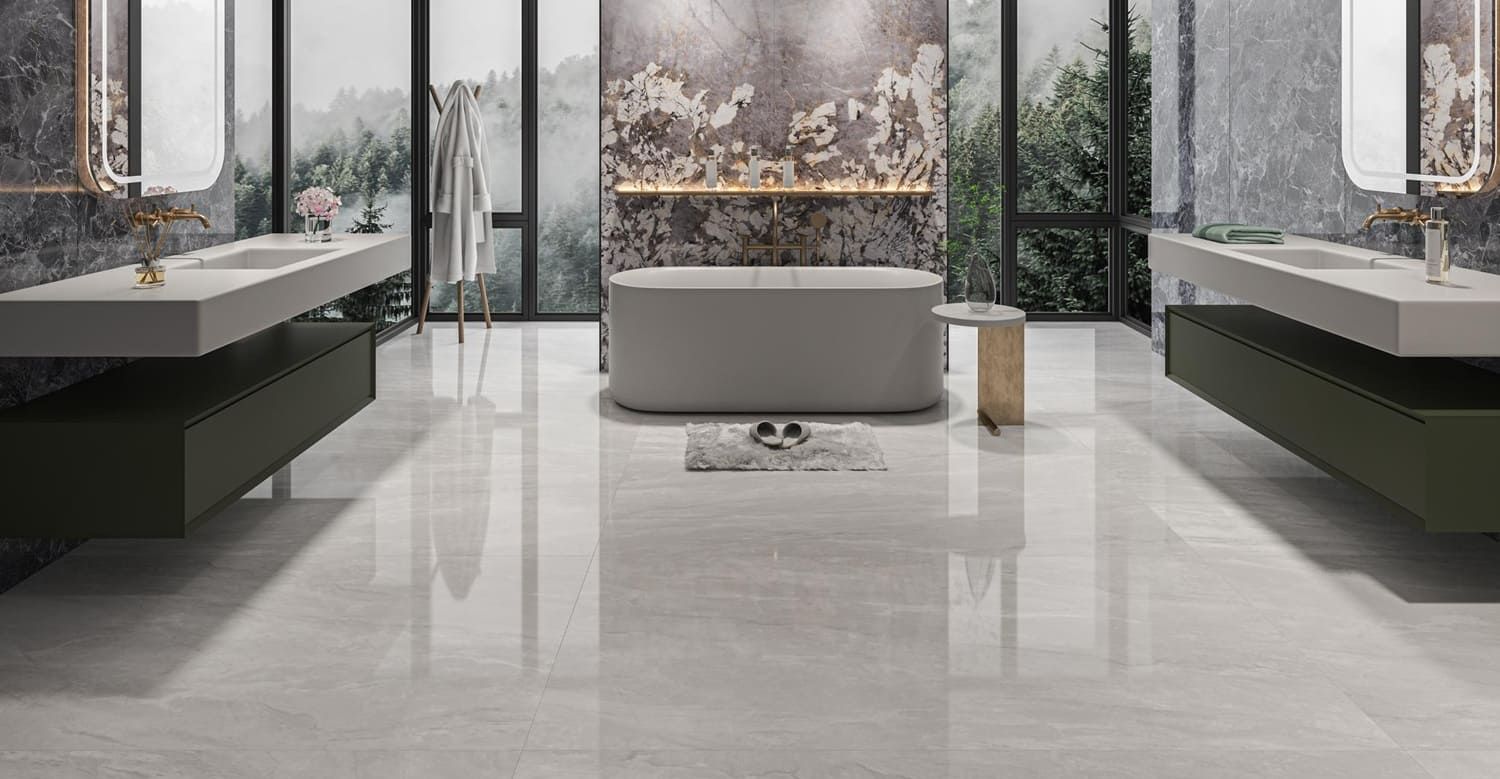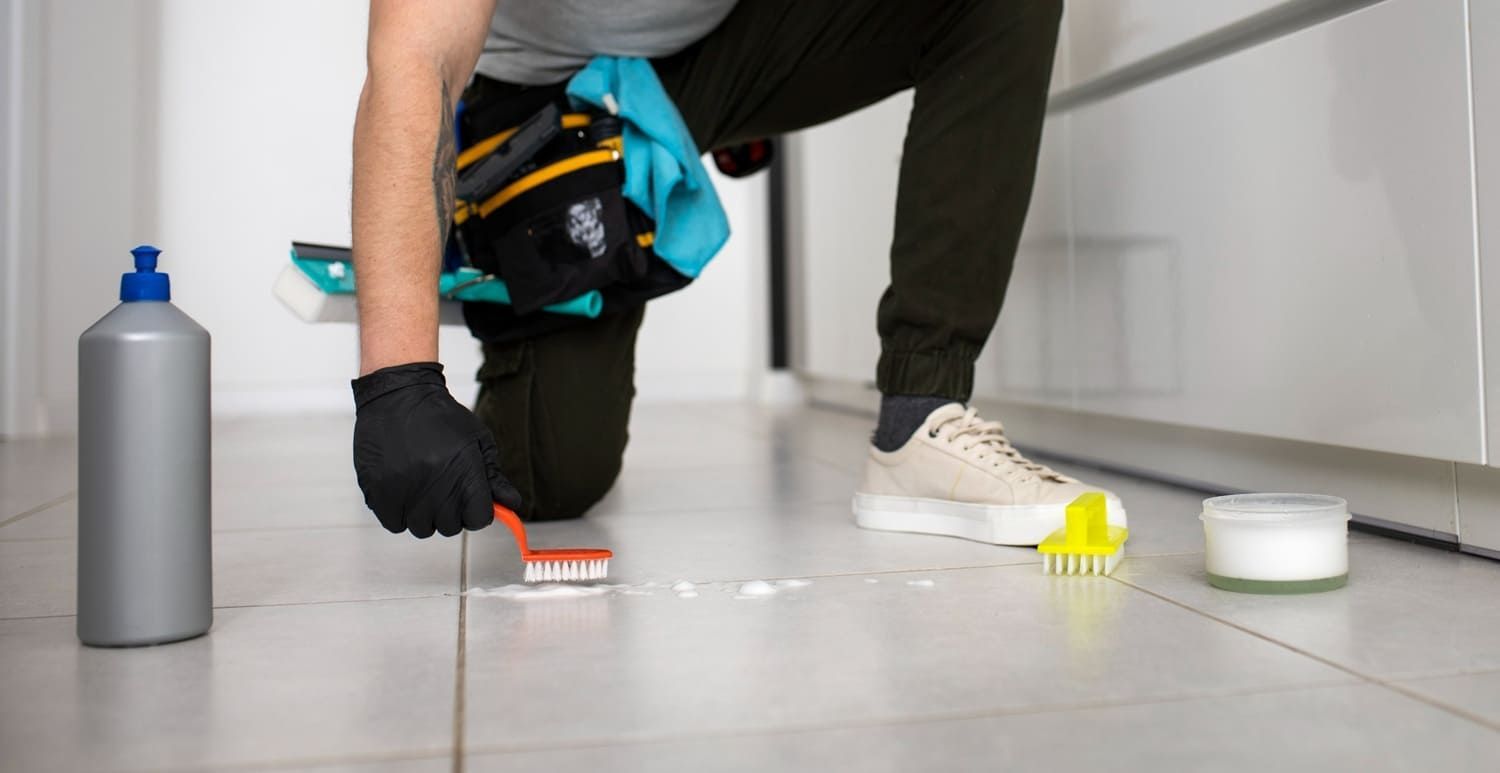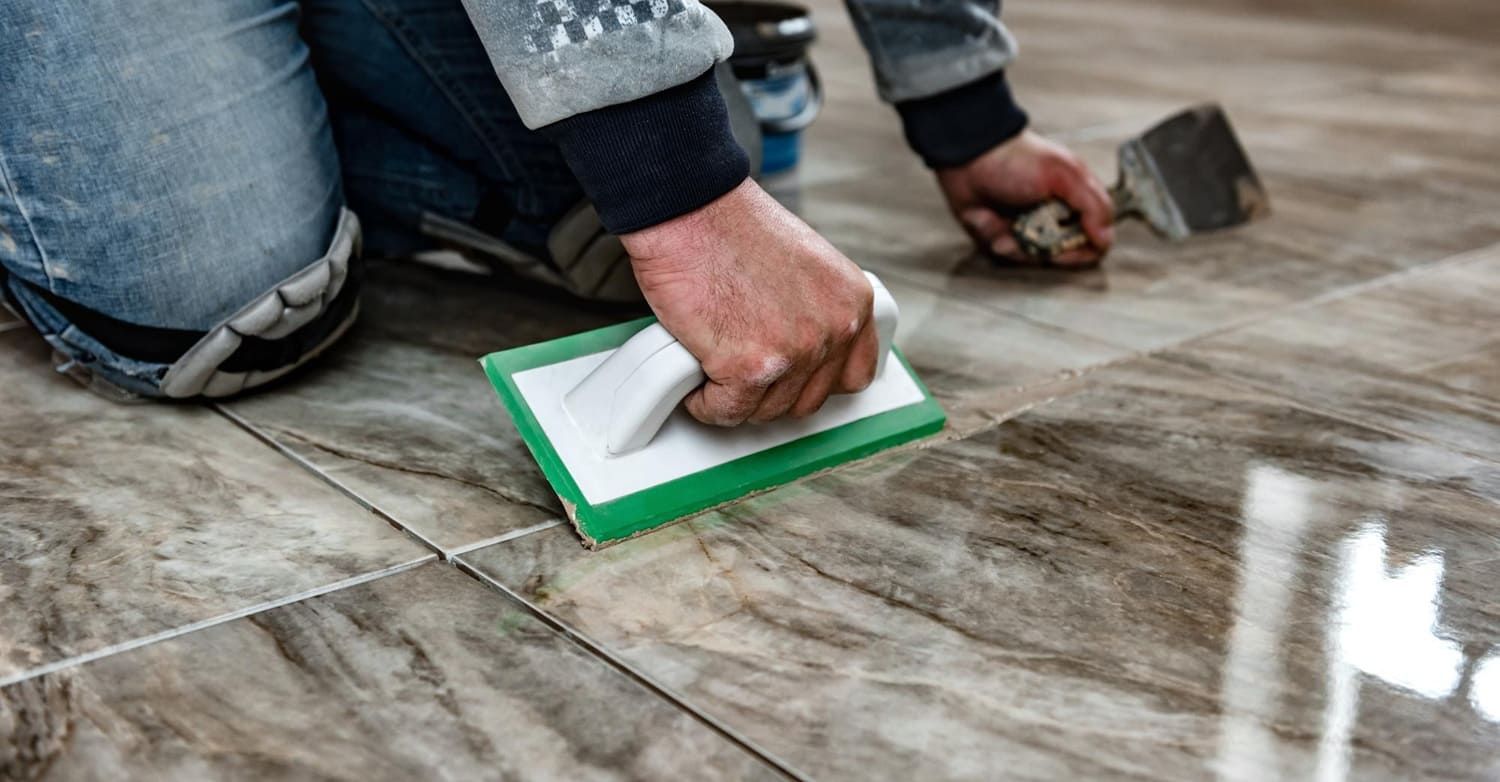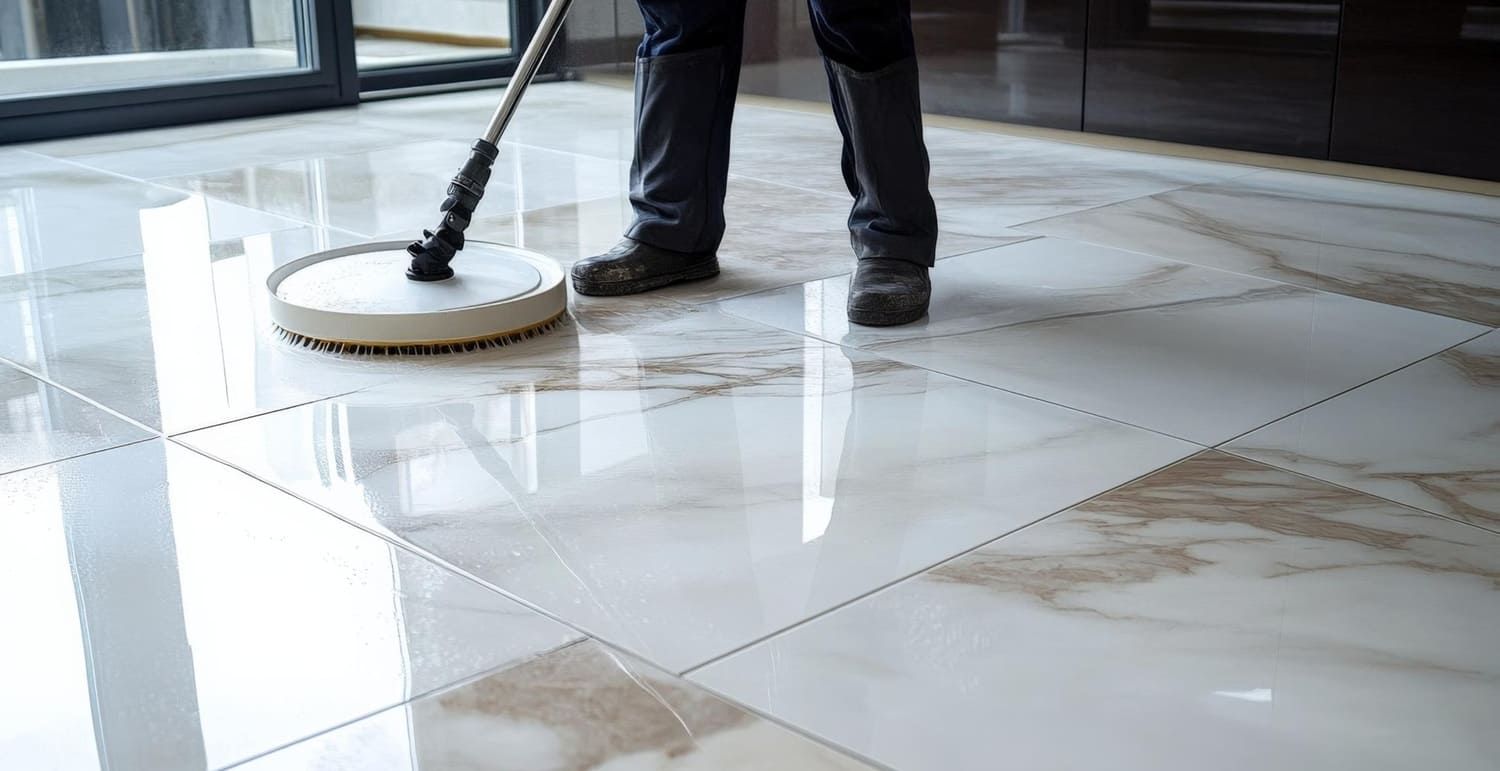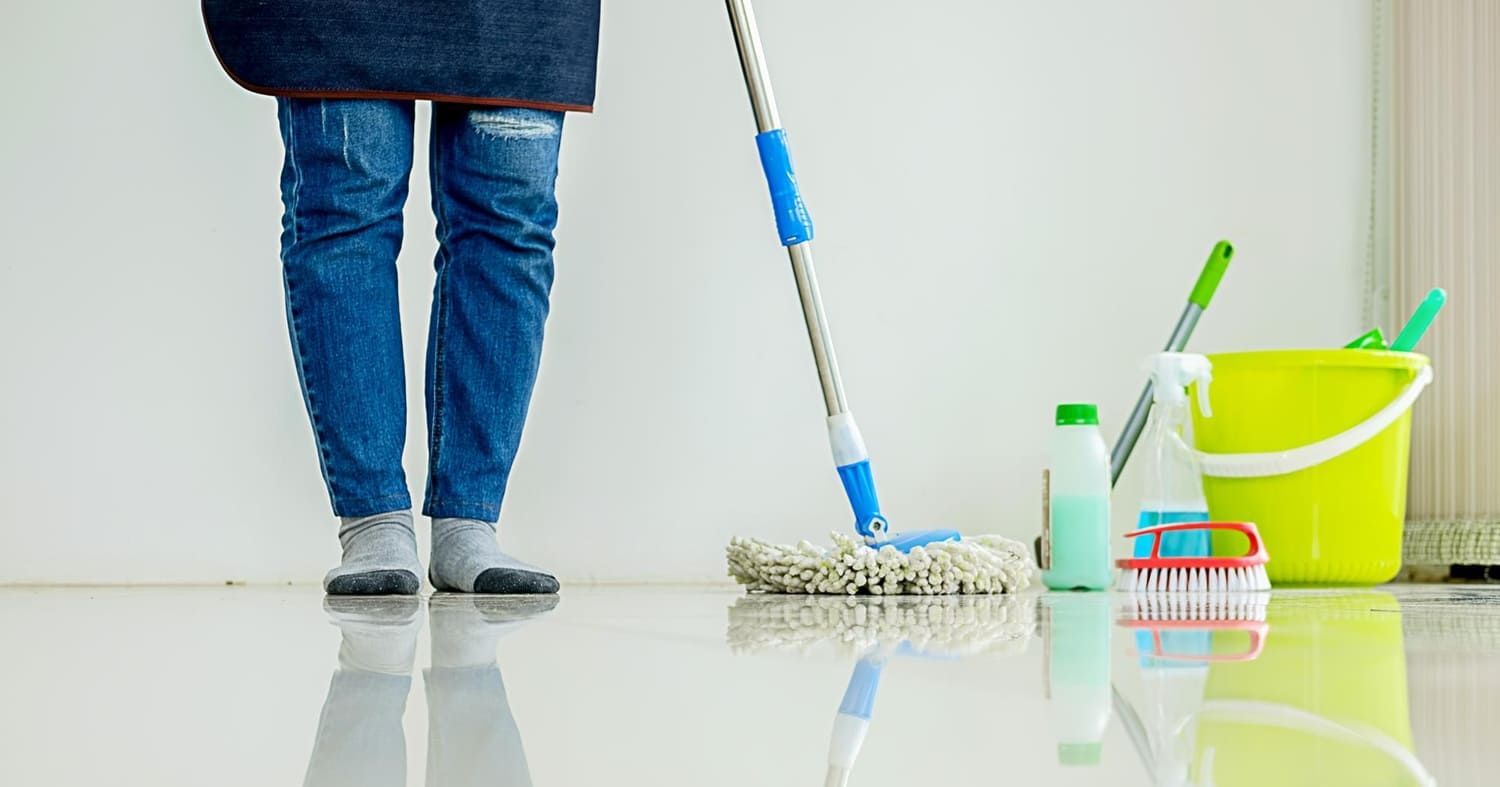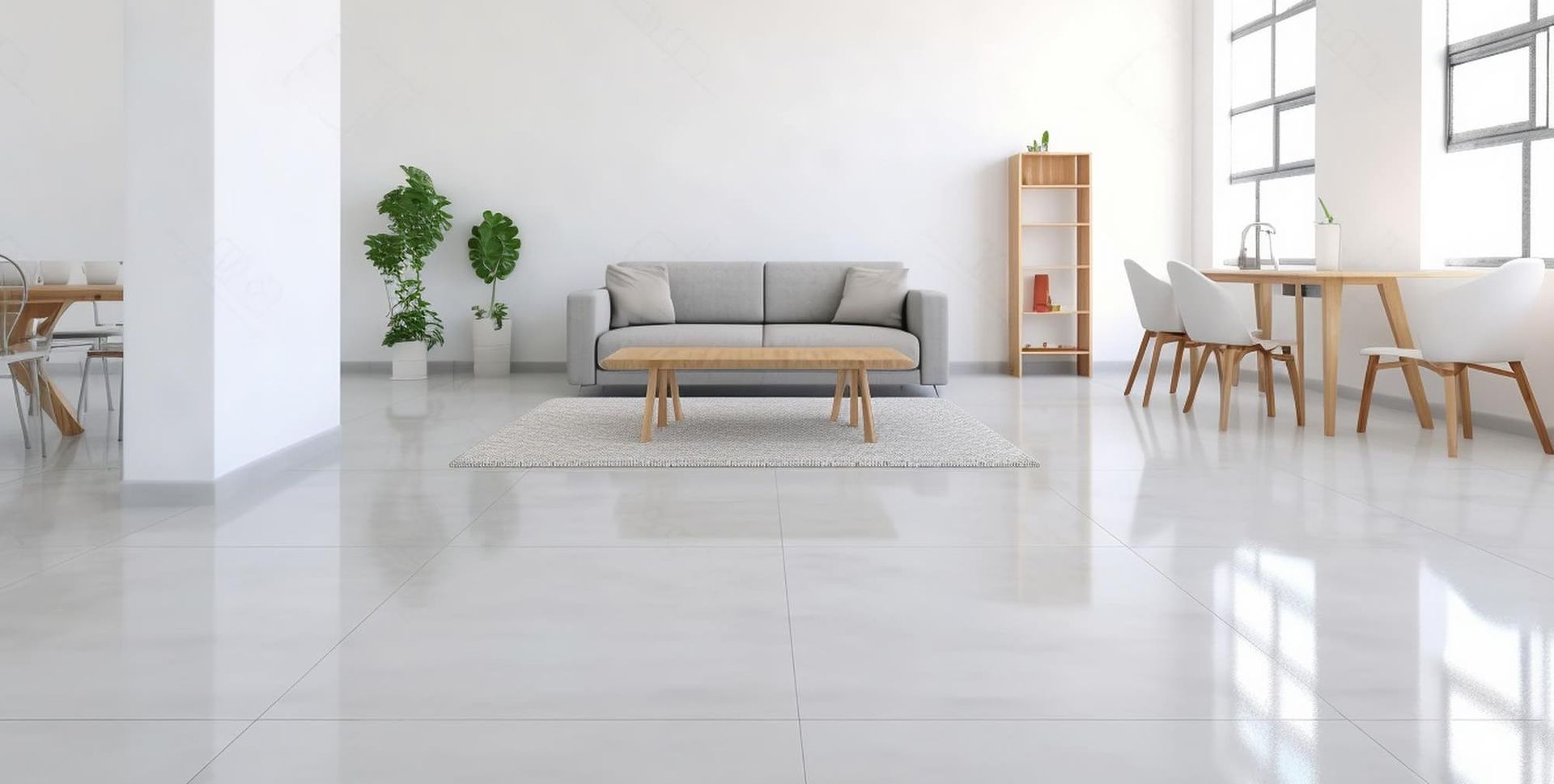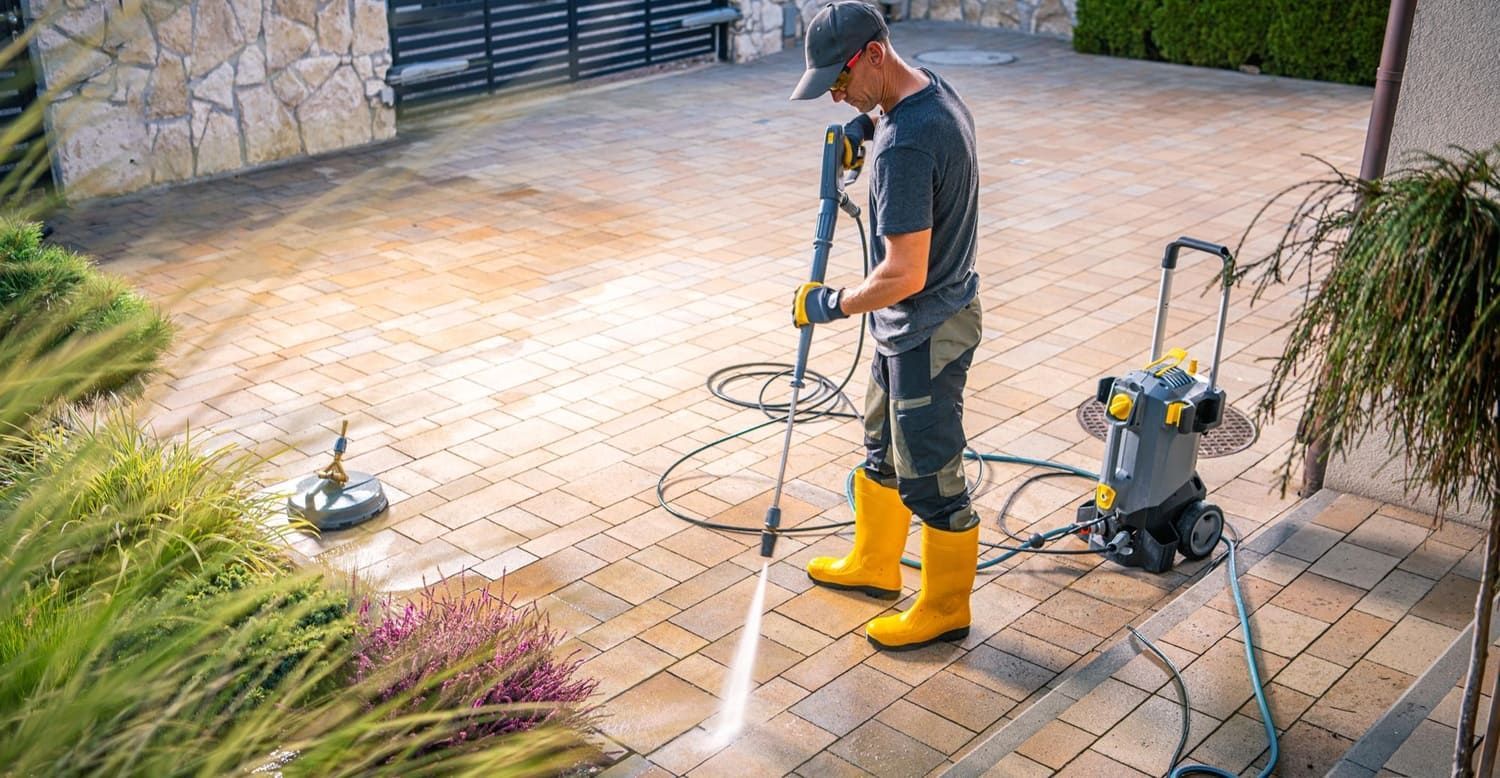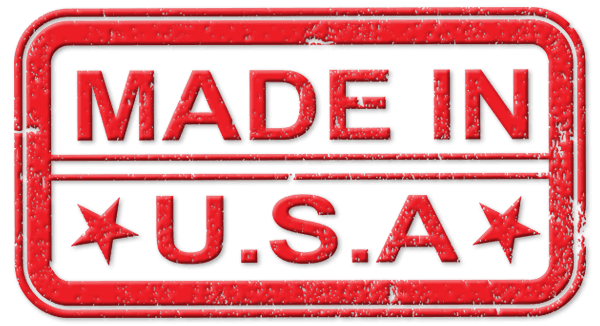Cleaning High-Traffic Areas Without Damaging Surfaces
High-traffic areas are sections of a building that experience a lot of foot traffic. This includes hallways, entryways, lobbies, and corridors in commercial spaces, as well as living rooms, kitchens, and entryways in homes. These areas are often the first point of contact with guests or clients, making their maintenance crucial for both aesthetic and functional reasons. The constant movement in these areas can lead to dirt accumulation, scuff marks, and general deterioration of surfaces. Therefore, understanding the nature of these spaces is the first step in devising a cleaning strategy that both maintains cleanliness and protects the surfaces.

Common Surfaces in High-Traffic Areas
High-traffic areas can be composed of various materials, each requiring specific cleaning techniques:
- Hardwood Floors: Known for their elegance and warmth, hardwood floors can be easily scratched or stained. They require gentle cleaning methods to avoid stripping away the finish or causing water damage that can lead to warping.
- Carpeted Areas: Carpets add comfort and sound absorption but can trap dust, debris, and stains, making them challenging to clean. Regular maintenance is essential to prevent allergens from accumulating and to keep the fibers looking fresh.
- Tiles and Grout: Tiles are durable and come in a variety of styles, but they can lose their shine with time, and grout lines can become discolored. Proper cleaning and sealing can help maintain their appearance and prevent moisture damage.
- Vinyl and Linoleum: These materials are resilient and cost-effective options but can be prone to scratches and discoloration. They require careful selection of cleaning agents to avoid stripping the protective coating or causing fading.
Choosing the Right Cleaning Products
Selecting the appropriate cleaning products is essential for maintaining high-traffic areas without damaging the surfaces. The wrong products can cause irreversible damage, so it's crucial to match the cleaning agent to the specific needs of the surface. Here are some guidelines for choosing the right products:
Hardwood Floors
- Mild Detergents: Use pH-neutral cleaners to avoid stripping the wood of its natural oils, which can lead to dullness and vulnerability to scratches. These cleaners are gentle yet effective in removing dirt and grime without harming the finish.
- Avoid Excess Water: Too much water can cause wood to warp. Use a damp mop rather than a wet one, ensuring that any excess moisture is immediately wiped away to prevent long-term damage.
Carpeted Areas
- Stain Removers: Opt for non-toxic, carpet-specific stain removers for spot cleaning. These are designed to lift stains without leaving a residue that can attract more dirt.
- Vacuum Regularly: Regular vacuuming prevents dust build-up and extends carpet life. Use a vacuum with strong suction and a HEPA filter to effectively remove allergens and dust mites.
Tiles and Grout
- Tile Cleaners: Use non-abrasive tile cleaners to maintain the shine. These products are formulated to clean without scratching the surface, preserving the tiles' glossy finish.
- Grout Cleaners: Apply grout-specific cleaners to tackle discoloration without damaging the tiles. Periodic sealing of grout lines can also prevent future staining and make cleaning easier.
Vinyl and Linoleum
- Gentle Cleaners: Use mild soaps or vinyl-specific cleaning solutions to prevent damage. These cleaners help maintain the surface's protective layer, ensuring longevity and appearance.
- Avoid Abrasives: Steer clear of abrasive cleaners that can scratch the surface. Instead, use soft cloths or mops to gently clean without causing harm.
Effective Cleaning Techniques
Implementing the right techniques is just as important as choosing the right products. Proper techniques ensure that surfaces are cleaned effectively without causing unnecessary wear or damage. Here are some effective cleaning methods:
Sweeping and Vacuuming
Regular sweeping or vacuuming is fundamental in high-traffic areas. It prevents dirt and debris from being ground into surfaces, which can cause scratches and stains. For hardwood floors, use a broom with soft bristles or a vacuum without a beater bar to avoid scratching. In contrast, a vacuum cleaner with a beater bar is more effective on carpets as it helps lift embedded dirt.
Mopping Techniques
When mopping, use a damp mop rather than soaking it in water, especially on hardwood and vinyl floors. A microfiber mop is particularly effective as it traps dirt and requires less moisture. For tile floors, a slightly wetter mop can be used, but ensure to dry the area afterward to prevent slips and stains. Using warm water can help dissolve dirt more effectively, enhancing the cleaning process.
Spot Cleaning
For spills and stains, immediate spot cleaning is crucial. Use appropriate stain removers for carpets and gentle cleaners for hard surfaces. Quick action prevents stains from setting in and becoming permanent. Always follow the manufacturer's instructions to avoid damaging the surface, and test new products on a small, inconspicuous area first.
Professional Deep Cleaning
For commercial spaces or extensive residential areas, consider scheduling periodic professional cleaning. Professionals have the expertise and equipment to deep clean without damaging surfaces, especially for carpets and tiles. They can also apply protective treatments that enhance durability and appearance, such as sealants for grout or conditioners for hardwood.
Preventative Measures for High-Traffic Areas
Preventative measures can greatly reduce the wear and tear on high-traffic surfaces. These strategies not only extend the life of the surfaces but also reduce the frequency and intensity of cleaning required. Here are some strategies:
Use of Mats and Rugs
Placing mats and rugs in entryways and high-traffic zones can protect underlying surfaces from dirt and damage. They act as the first line of defense against dirt and moisture, reducing the amount that reaches the flooring. Opt for non-slip mats to prevent accidents and choose materials that are easy to clean and maintain.
Regular Maintenance
Establish a regular cleaning schedule to keep high-traffic areas in top condition. Consistency is key to preventing the accumulation of dirt and the onset of stains. Regular maintenance helps identify potential issues early, allowing for timely interventions that prevent more extensive damage.
Furniture Protectors
Use felt pads under furniture legs to prevent scratching on hardwood and vinyl floors. These pads reduce friction and prevent gouges and dents. Regularly check and replace these pads as needed, especially after moving furniture or during cleaning.
Implement No-Shoe Policies
Consider a no-shoe policy in certain areas to minimize dirt and wear on floors, especially in residential settings. This policy can significantly reduce the introduction of dirt and contaminants, preserving the cleanliness and appearance of your flooring.
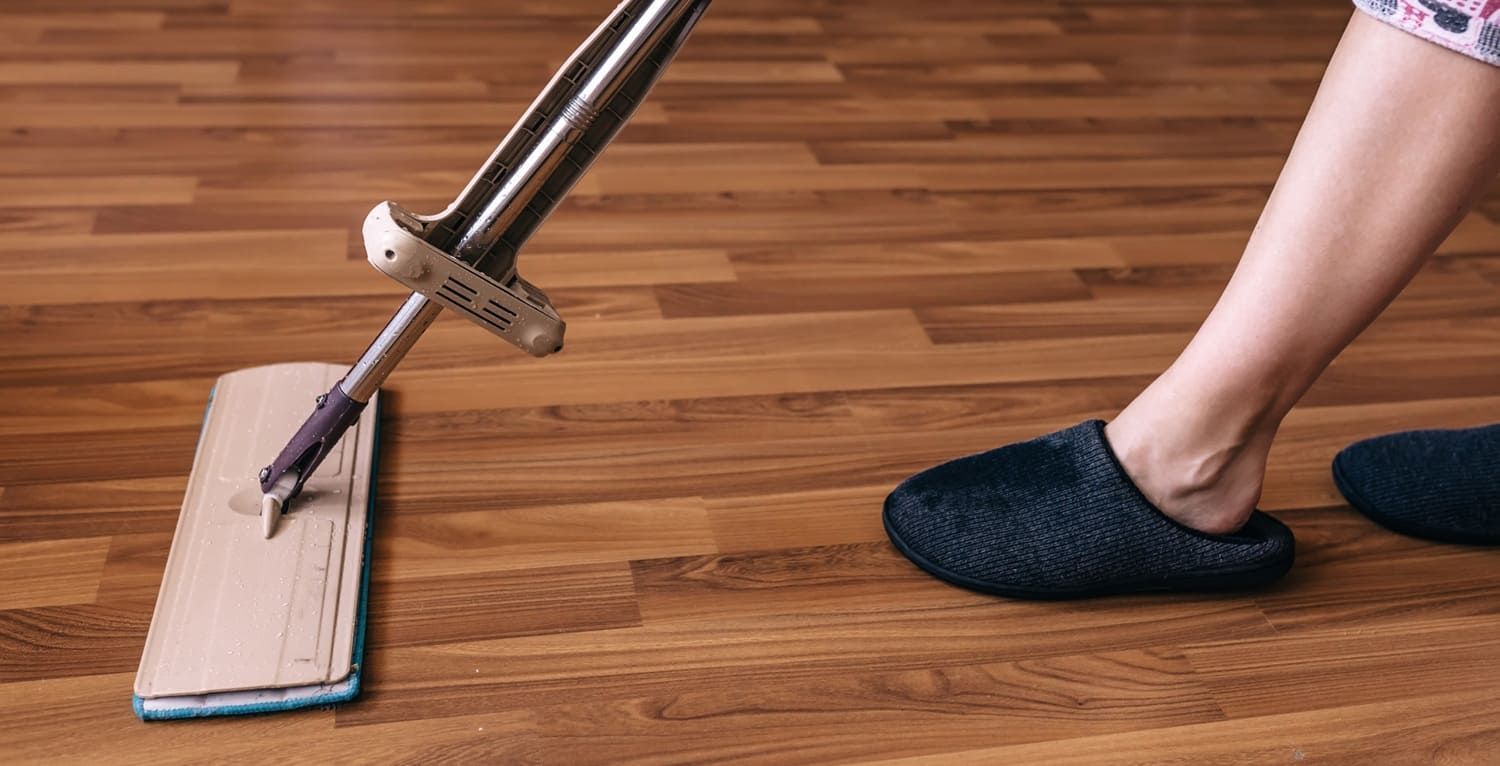
Cleaning Tips for Different Environments
Commercial Spaces
In commercial environments, cleaning schedules should be more frequent due to the higher volume of foot traffic. This frequency helps maintain a professional appearance and ensures safety by reducing slip hazards. Implementing a daily cleaning routine can help maintain cleanliness and prevent long-term damage. Consider high-efficiency cleaning equipment and eco-friendly products to align with sustainability goals.
Residential Homes
In homes, focus on high-traffic areas such as entryways and living rooms. These are often the most visible and used spaces, reflecting the overall cleanliness of your home. Regular vacuuming and mopping, combined with the use of doormats, can keep these spaces looking fresh and new. Personalized cleaning schedules based on the household's lifestyle and the specific materials present can optimize results.
Conclusion
At ADVANCED Sealers and Cleaners, we offer the best floor sealers and cleaners designed to protect and maintain your surfaces with lasting results.
Maintaining high-traffic areas without damaging surfaces requires a combination of the right cleaning products, techniques, and preventative measures. By understanding the needs of different surfaces and implementing a regular cleaning routine, you can keep these areas clean and extend the life of your flooring and other surfaces. Whether in a commercial setting or at home, these strategies will help preserve the appearance and functionality of your high-traffic areas, ensuring they remain inviting and well-maintained. Consistent care not only enhances the aesthetic appeal but also contributes to a healthier environment by reducing allergens and preventing slip hazards.
Contact ADVANCED Sealers and Cleaners if you need any help choosing the best products or solutions to maintain your high-traffic areas.
FAQs About Cleaning High Traffic Areas Safely
What is the best way to clean high-traffic floors?
Use gentle cleaners and microfiber mops to avoid scratches or buildup.
Can harsh chemicals damage surfaces in busy areas?
Yes. Strong cleaners can strip finishes and shorten surface life.
How often should high-traffic areas be cleaned?
Daily light cleaning with deeper care weekly keeps surfaces in good shape.
Are there safe cleaners for hardwood or tile in high-use areas?
Yes. pH-neutral cleaners protect surfaces without leaving residue.
Does sealing help protect high-traffic surfaces?
Yes. A protective seal reduces wear and makes cleaning easier.



